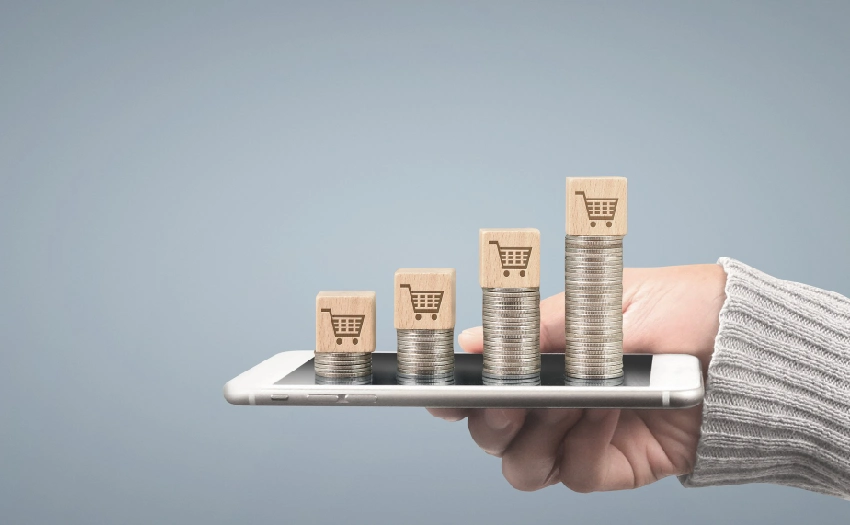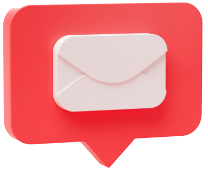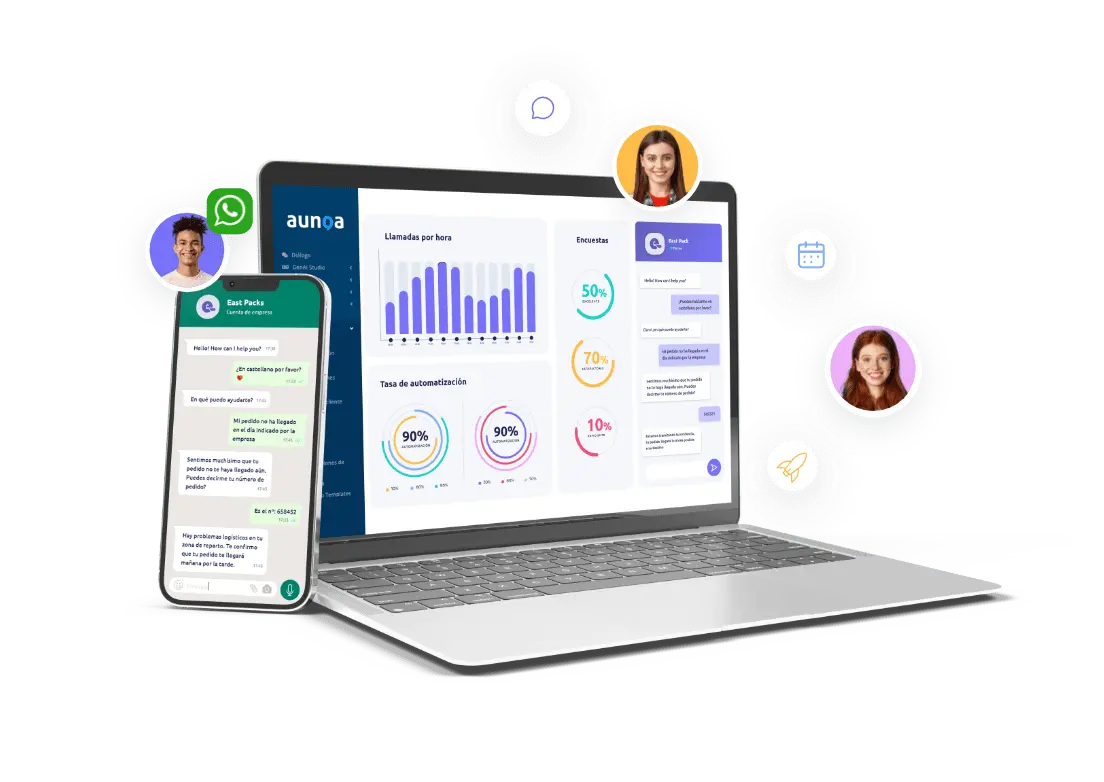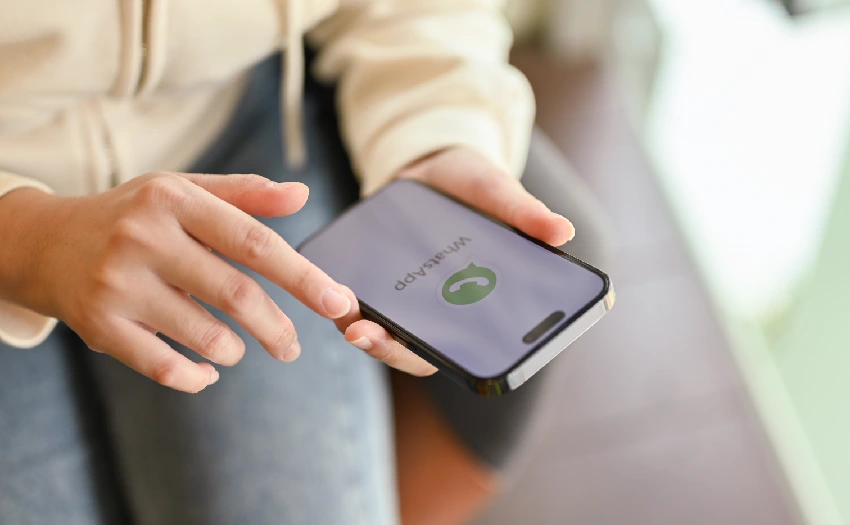In the ever-evolving landscape of digital marketing, WhatsApp has established itself as a highly effective and direct communication tool for businesses. Its immediacy and high message open rates make it a privileged channel to connect with customers, build strong relationships, and, ultimately, boost sales. Forget about emails lost in inboxes or the overload of social media; WhatsApp provides a direct line to your potential buyers’ pockets (and attention). In this article, we’ll take an in-depth look at how to make the most of WhatsApp marketing — from key strategies to practical examples you can start implementing today to see results.
How to send marketing messages via WhatsApp
Sending effective marketing messages through WhatsApp goes beyond simply broadcasting promotions. It requires a well-defined strategy and the right tools to ensure compliance with WhatsApp’s policies and deliver a positive user experience.
To begin with, it’s essential to obtain users’ explicit consent before sending any kind of marketing message. This is not only a best practice, but also a legal requirement in many regions. You can obtain this consent through forms on your website, during the purchasing process or via other interactions with your customers.
Once you have consent, you can use various methods to send marketing messages:
- Broadcast lists: Ideal for sending the same message to multiple contacts who have saved your phone number. These are useful for general announcements or wide-reaching promotions.
- WhatsApp groups: Can be helpful to build communities around your brand or to segment audiences with specific interests. However, they require active management to avoid spam and encourage engagement.
- WhatsApp Business App: Offers features tailored for businesses, such as creating a business profile, quick replies, chat labels and automated welcome and away messages.
- WhatsApp Business API: A more advanced solution for medium to large businesses that need to integrate WhatsApp with their CRM systems, automate complex workflows and send personalised messages at scale.
It’s crucial to segment your audience to send more relevant and personalised messages. Not all customers have the same interests or needs. By segmenting based on purchase history, preferences or demographics, you can send more targeted offers and increase conversion rates.
Finally, analyse the results of your WhatsApp marketing campaigns. Pay attention to delivery rates, open rates, link clicks and user responses. This information will help you refine your strategies and improve future messages.
What are the benefits of sending marketing messages on WhatsApp?
Marketing via WhatsApp offers a number of significant advantages over other channels:
- High open rate: WhatsApp messages tend to have a much higher open rate than emails, as users usually check their messages instantly.
- Direct and personal communication: Enables closer, more personalised contact with customers, which can foster greater trust and loyalty.
- Immediacy: Messages are delivered and read quickly, which is ideal for urgent promotions or time-sensitive information.
- Interactivity: WhatsApp supports multimedia messages (images, videos, audio, documents), call-to-action buttons and quick replies, enriching customer interaction.
- Relationship building: Facilitates answering queries, providing personalised customer service and post-sale follow-up, strengthening the customer relationship.
- Cost-effectiveness: Compared to traditional advertising, WhatsApp marketing can be more affordable, especially when using broadcast lists or the WhatsApp Business App.
- Accurate segmentation: Allows you to segment your audience based on various criteria to send more relevant messages and increase campaign effectiveness.
- Direct feedback: Customers can easily reply to messages, providing valuable insights on products, services or campaigns.
- Viral potential: Engaging messages or appealing offers can be easily shared by users, extending the reach of your message.
- Integration with other tools: Via the WhatsApp Business API, it can be integrated with CRM systems and other marketing platforms for more efficient management.
How to write a WhatsApp message to sell a product
Writing an effective WhatsApp message to sell a product requires striking a balance between being concise, persuasive, and informative. Here are some key tips:
- Personalise the message: Use the customer’s name if available. A personalised greeting makes the message feel more direct.
- Be clear and to the point: Get straight to the point. Clearly state the product you’re offering and the main benefit for the customer.
- Create urgency or exclusivity: Use phrases like “limited-time offer”, “only for the first 10 buyers” or “exclusive discount just for you”.
- Include a clear call to action: Make it clear what you want the customer to do next. For example: “Click here to buy”, “Reply with ‘I WANT’ for more info” or “Browse our catalogue here: [link]”.
- Use eye-catching multimedia: An image or video of the product can grab attention more effectively than text alone.
- Maintain a friendly and professional tone: Match your tone to your brand’s personality, but always remain professional.
- Provide added value: Besides the product offer, consider including relevant information, such as key benefits, customer testimonials or a link to a page with more details.
- Make it easy to respond: Ensure customers can easily ask questions or complete the purchase. Offer different contact or reply options.
- Test different approaches: Run A/B tests with different messages to see which ones resonate best with your audience.
- Respect privacy and preferences: Ensure customers can opt out of further messages if they wish.
15 WhatsApp message examples to sell products
Here are 15 examples of WhatsApp messages you can adapt to sell your products:
Offers and Discounts
- Exclusive Discount: “Hi [Customer Name]! Just for you – 25% off [Product Name] today only. Don’t miss out! [Link]”
- Limited Time Offer: “Final hours! [Product Name] now 15% off. Hurry before it ends! [Link]”
- Special Promotion: “Buy [Product A] and get [Product B] for 50% off. A unique opportunity! [Link]”
New Product Launches
- Exclusive New Arrival: “It’s here! Discover [New Product Name] and be one of the first to try it. [Link]”
- Special Launch: “You’re invited to explore [New Product Name]. Check out all its features here! [Link]”
Reminders and Follow-ups
- Interested?: “Hi [Customer Name], did you see our [Product]? Do you have any questions before making a decision?”
- Abandoned Cart: “Hey! We noticed you left [Product] in your cart. Would you like to complete your purchase? [Link]”
Personalised Messages
- Based on Your Interest: “Hi [Customer Name], since you showed interest in [Category], we think you’ll love [Product]. Take a look! [Link]”
- Special Recommendation: “Based on your past purchases, we recommend [Product]. We think you’ll like it! [Link]”
Messages with Social Proof
- Customer Testimonial: “[Customer Name] says: ‘I love [Product]! It’s amazing.’ Want to try it too? [Link]”
- Popular Product: “Our [Product] is a best-seller! Discover why everyone loves it. [Link]”
Value-Added Messages
- Helpful Tip: “Get the most out of your [Product] with this tip: [short tip]. Need more help? [Link]”
- Event or Workshop: “Learn more about [Product] in our upcoming free online workshop. Register here! [Link]”
Last Chance Messages
- Last Unit: “Attention! Only 1 unit of [Product] left in stock. Don’t miss out! [Link]”
- Weekend Deals: “This weekend only: special price on [Product]! Don’t miss this chance! [Link]”
Remember to adapt these examples to your brand’s tone and style, and always focus on offering value while respecting your contacts’ privacy. When done right, WhatsApp marketing can be a goldmine for your sales!






